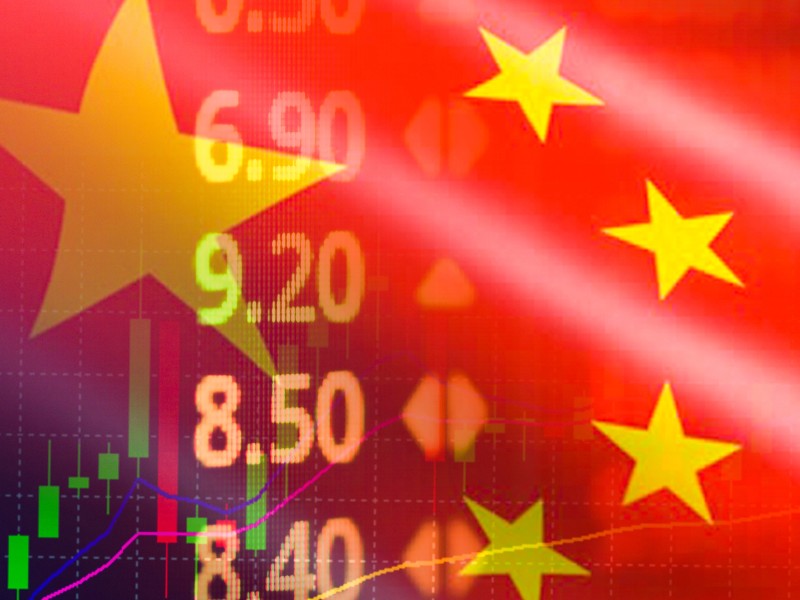

U.S.-denominated Asian bonds have reached US$1.1 trillion in outstanding bonds and now rank alongside U.S. high yield and bank loans, according to an Invesco Canada Ltd. insight brief.
Amping up the market’s growth, Asian banks have been hampered by tighter regulatory capital requirements and are not able to meet the debt needs of Asia’s growing companies, the report said. As such, those businesses have been forced to branch further out to finance projects, leading them to rely more heavily on bonds as a debt instrument, including those issued in U.S. dollars.
The gross issuances of these bonds has been on a steady uptick since 2014, with a drop in 2018, yet this rebounded in the first quarter of 2019.
“Although the volume of issuance dropped in 2018 due to several factors (weakened sentiment caused by US-China trade tensions, new regulations imposed on China’s shadow banking sector and uncertainty surrounding major Asian regional elections), issuance activity rebounded in the first quarter of 2019 boosted by China’s reflationary policies, expectations of a resolution of US-China trade tensions and a slowdown in the Asian election schedule,” the report said.
And momentum is expected to continue, Invesco noted, as Asian companies continue to diversify their financing sources.
For investors, U.S.-dollar Asian bonds represent attractive yields overall when compared to U.S. and European corporate bonds, noted the report.
“Asian investment grade and high yield corporate bonds also provided wider credit spreads as of March 31, 2019, compared to US investment grade and high yield corporate bonds for similar maturities and credit ratings,” it said. “We see room for Asian investment grade and high yield corporate credit spreads to tighten in the next twelve months relative to comparable US investment grade and high yield bonds, based on our expectations of continued corporate de-leveraging efforts and improved credit metrics among Asian issuers going forward.”
Of note, Asian investors have demonstrated significant appetite for U.S.-dollar Asian bonds, having purchased over 70 per cent of new issuances since 2016. The report noted that strong demand from domestic investors has likely contributed to the lower volatility this subsection of the bond market has been experiencing in comparison to other major markets.
